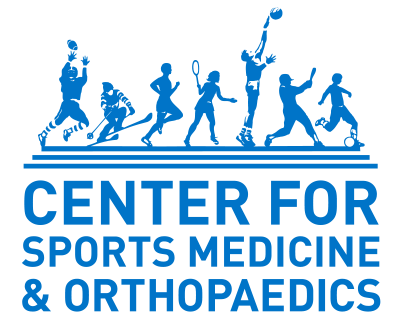Heel pain is a common problem treated by orthopedic specialists, and can affect both adults and children.
The most common cause of heel pain in adults is plantar fasciitis. Plantar fasciitis is a condition caused by inflammation in the thick band of tissue on the bottom of the foot called the plantar fascia that attaches to the heel bone and at the ball of the foot. It is often an overuse injury caused by many, tiny “micro-tears” in the plantar fascia tissue.
Typically, the combination of activity modification, a therapy program and a course of anti-inflammatory medicine is the mainstay of treatment. Adjusting your exercise program, optimizing shoe wear, specific plantar fascia shoe inserts, and splints designed to stretch the plantar fascia can be helpful. Regular stretching of the plantar fascia is important, and a formal consultation with a physical therapist to discuss a more personalized treatment plan is sometimes necessary.
Oral anti-inflammatory medication can play an important role in helping to reduce pain and inflammation. For more severe cases, your physician may offer a corticosteroid injection or a treatment called extracorporeal shockwave therapy. When plantar fasciitis persists despite all of the above conservative treatment, either ultrasound guided or surgical removal of scar tissue in the plantar fascia is sometimes necessary.
The most common cause of heel pain in children is called Sever’s disease. It is caused by inflammation in the growth plate (an apophysitis) in the calcaneus bone. This is most common in children during peak growth years and is due to overuse, especially in young athletes in running or jumping sports or in those who wear less supportive shoes. The inflammation in the growth plate is caused both by the repetitive impact of the heel strike at the bottom of the growth plate as well the traction of the Achilles tendon pulling on the top of the growth plate.
Treatment for this growth plate inflammation is similar to that of plantar fasciitis. Normally a period of rest from sports and other high impact activity is important. Many of the same heel cushions and stretches that are helpful for plantar fasciitis are used for Sever’s apophysitis as well. This condition practically never requires surgery, and will improve with the appropriate amount of rest, anti inflammatories, and stretching. For more severe cases where walking is painful, a walking boot can immobilize and rest the heel while allowing the patient to continue with normal daily activities. Sever’s disease cannot reoccur once the growth plate is closed and the calcaneus has formed into mature bone.

